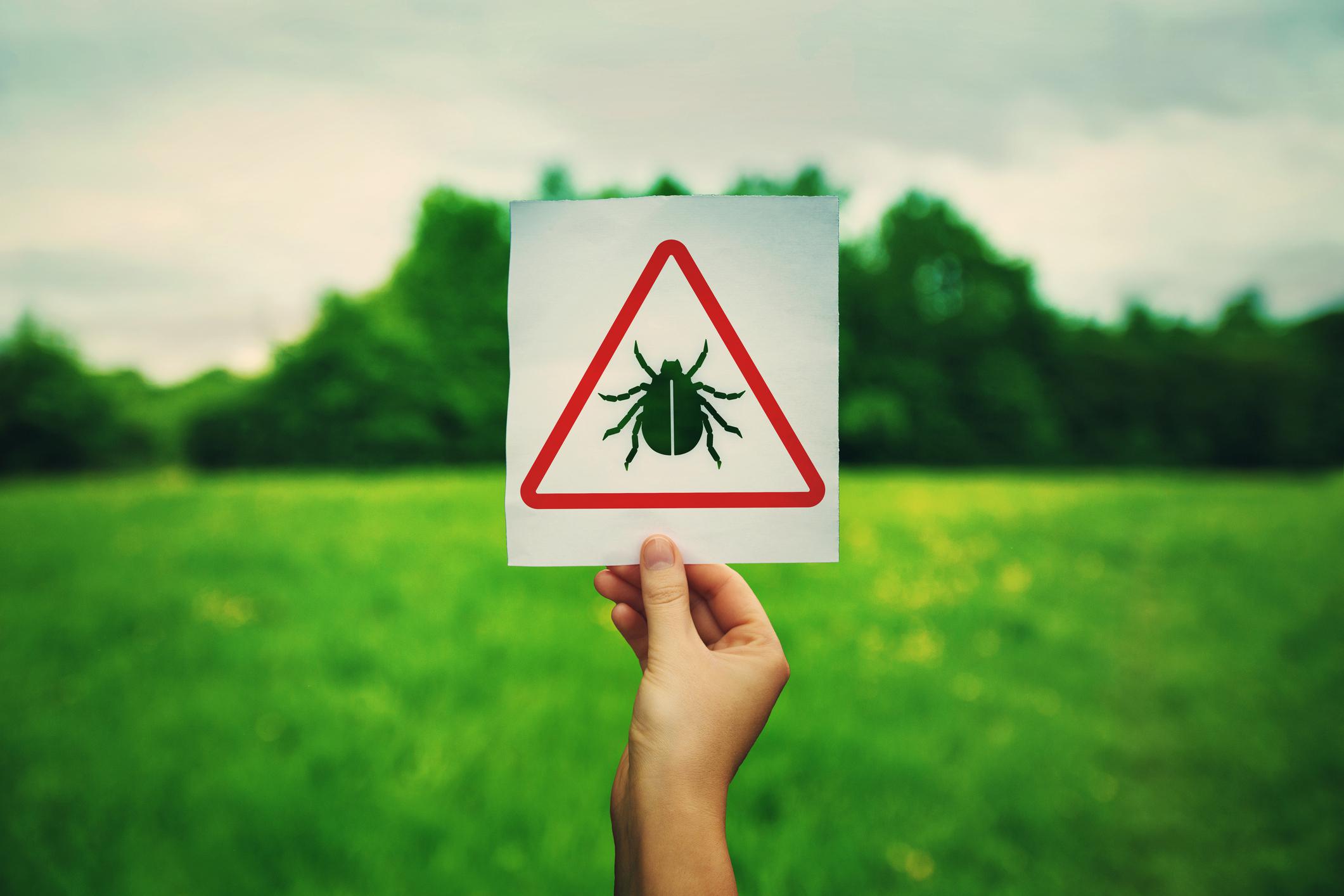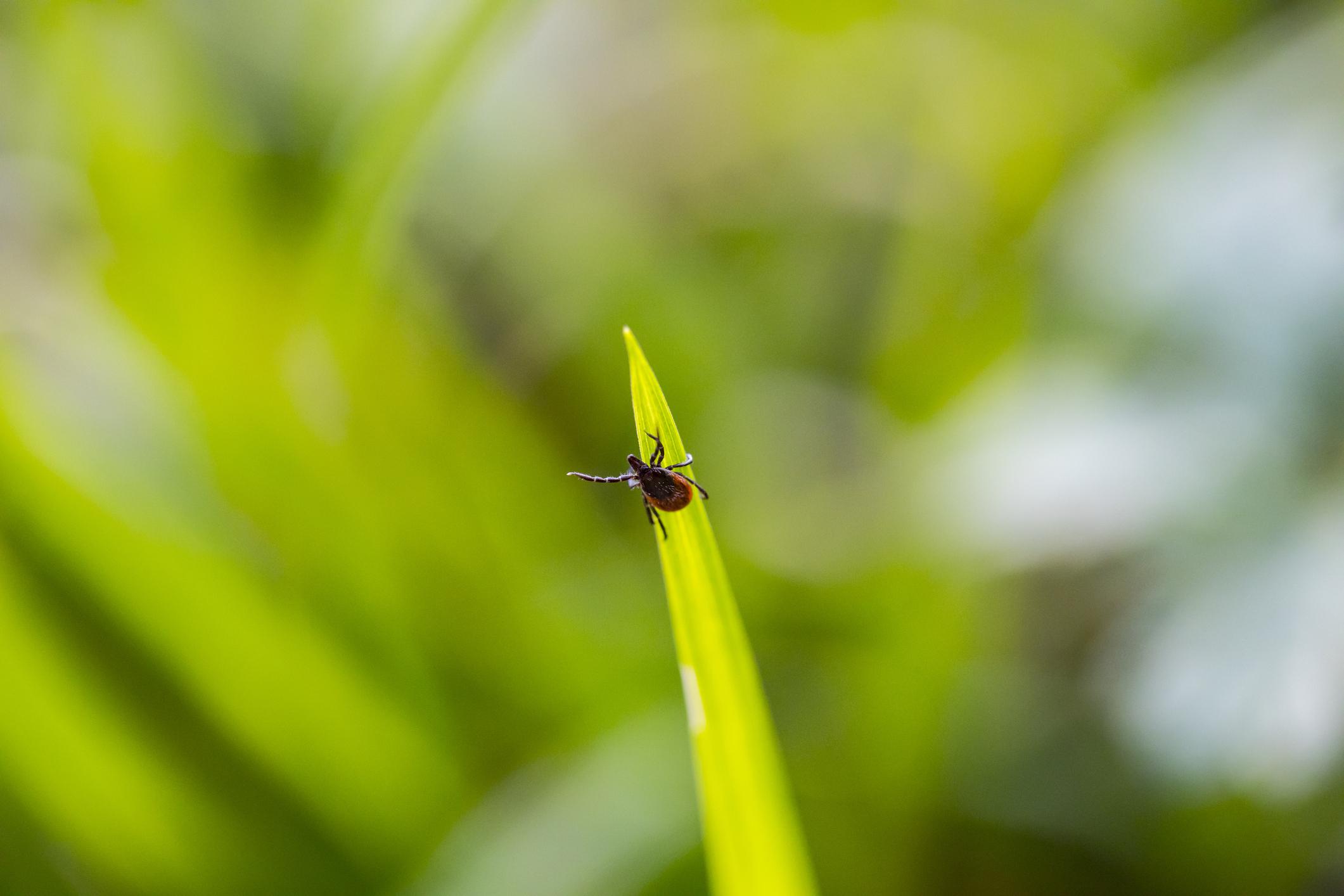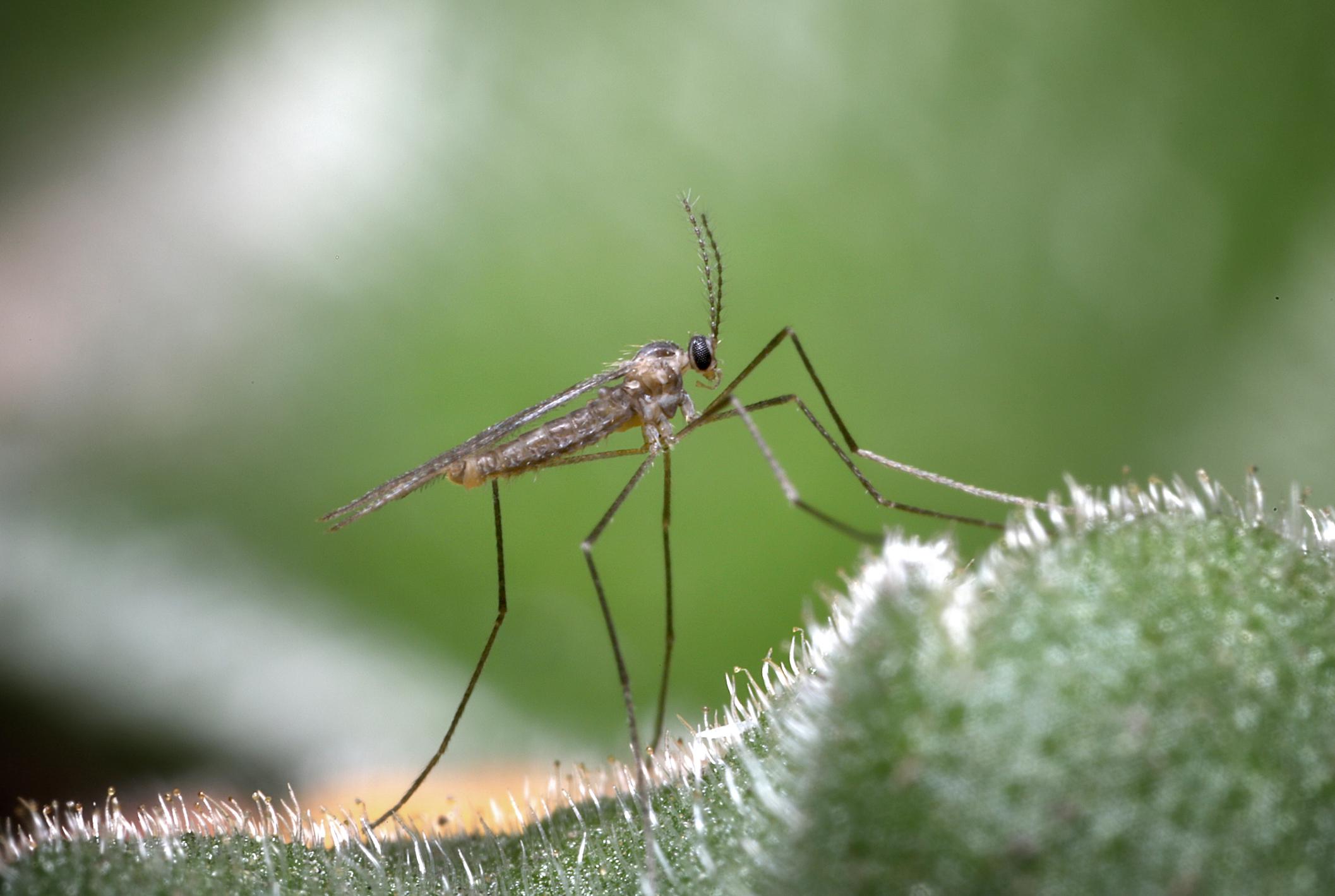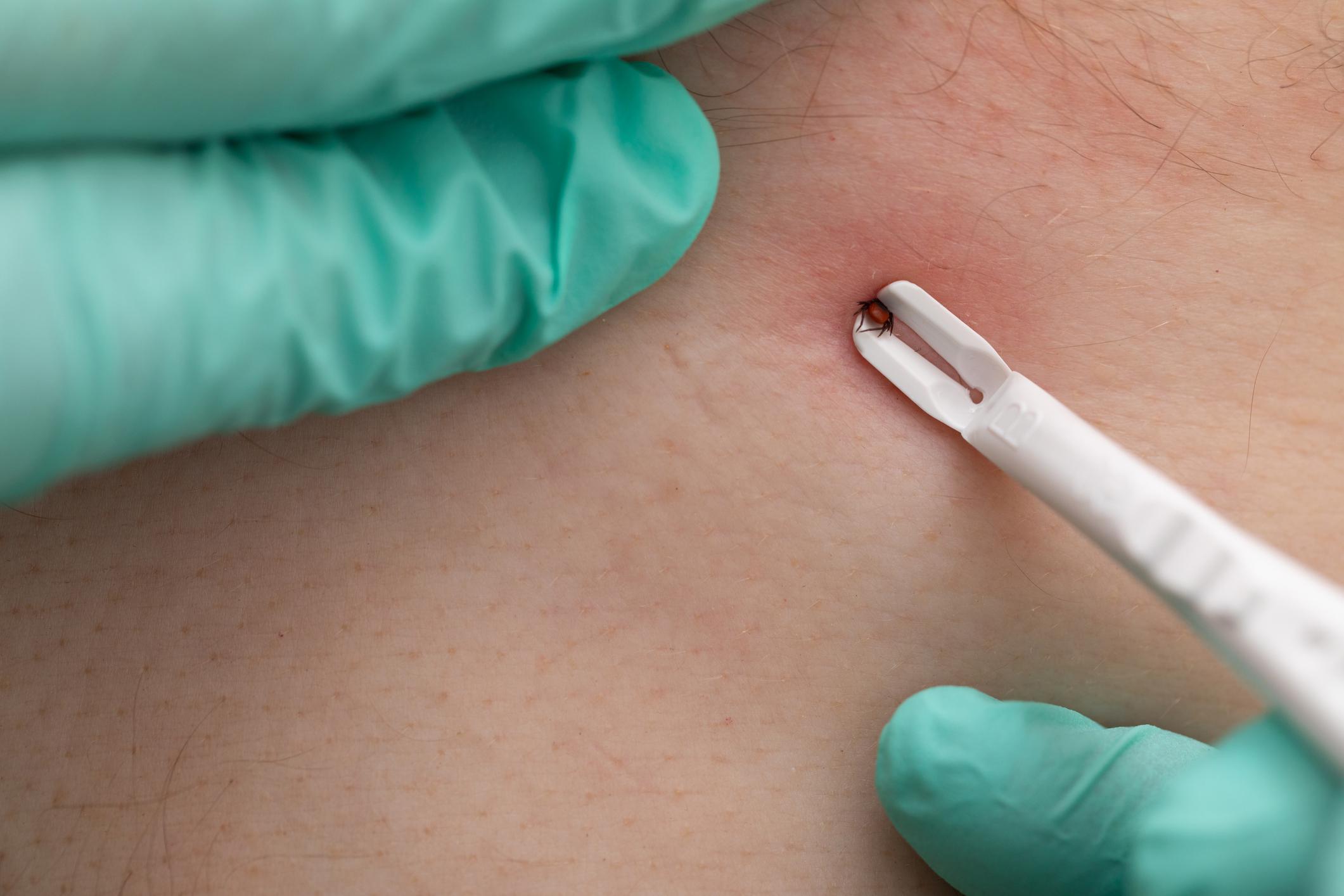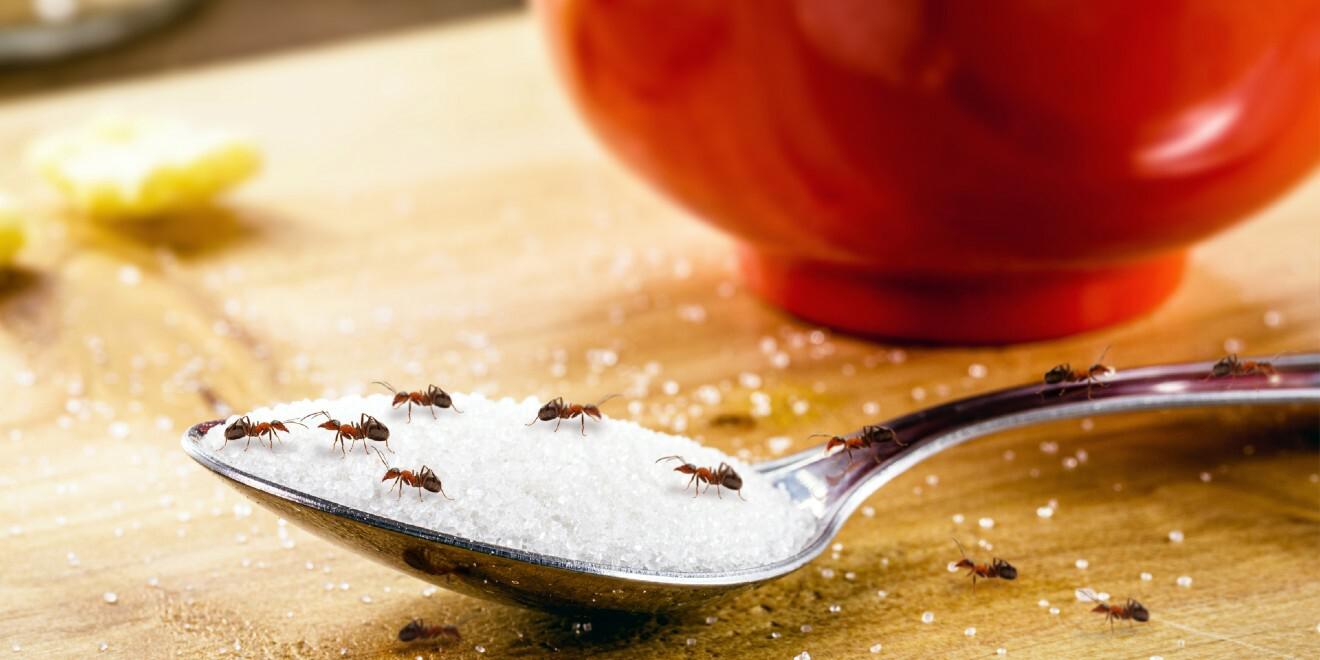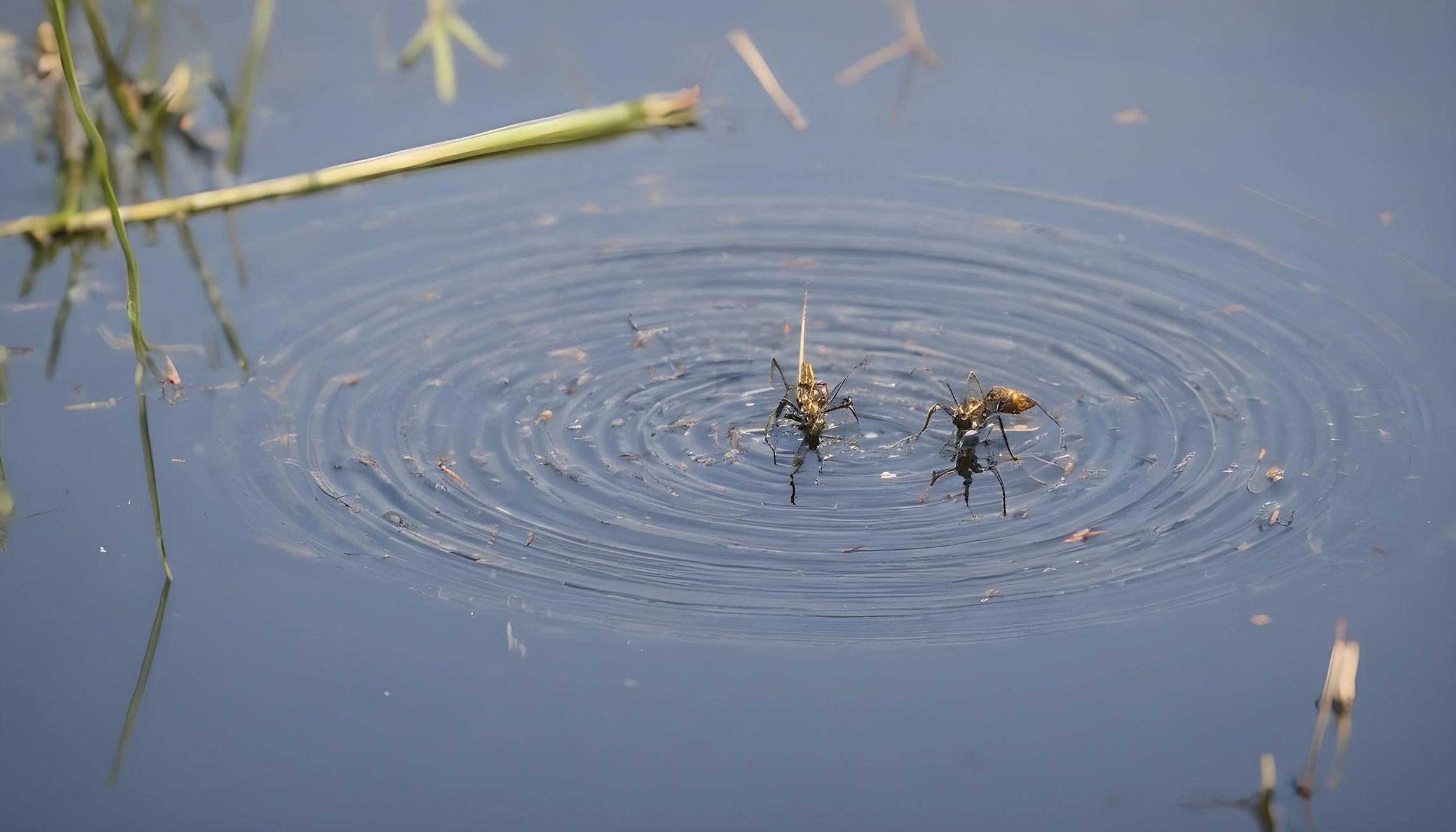Is Malaria Still Possible in the United States?
Posted by Mosquito Squad
May 2, 2018
Malaria stays in the news in reference to underdeveloped countries, so it’s possible that you sometimes tune it out a bit. However, you may be hearing more talk of necessary vaccines before travel because malaria is popping up in places it wasn’t before: tourist spots, places that maybe you or your neighbor would go for vacation. This might have you wondering more about the history of malaria in the US and if there is a chance of a malaria outbreak in the United States ever again.
The History of Malaria in the U.S.
There are Chinese medical writings that date back to 2700 BC describing symptoms of malaria. It wasn’t until the late 1800s that many of the facts that we now know about malaria were discovered, including the fact that malaria is carried by parasites in the bloodstream and can be transmitted to humans by mosquitoes and to mosquitoes from infected humans.
In the early 1900s, when the United States occupied Cuba and construction of the Panama Canal was beginning, the US officials began to request funds to fight malaria and yellow fever and began to make real progress in this fight. In 1906, 21,000 of the 25,000 workers on the canal were hospitalized because of malaria. In 1912, only 5,600 of 50,000 workers were hospitalized.
It was in the 1940s that “eradication” became visible in the United States. At that time the National Malaria Society used the word eradication if no indigenous cases had occurred for three years. Later that definition came to be known as elimination and “eradication” had come to mean the total elimination of malaria, period.
The Centers for Disease Control and Prevention (CDC) actually began as the “Office of Malaria Control in War Areas” and its main goal was to control malaria in and around military training bases during World War II. The organization was so successful that at the end of the war they continued working at control and elimination of malaria across the entire country. Through DDT applications in rural homes, cleaning and draining of mosquito breeding areas, and misting of insecticides, malaria was eradicated in the United States in 1949.
The Current State of Malaria in the United States
It is rare for there to be locally transmitted outbreaks of malaria in the United States, but due to the number of mosquitoes especially in the southern states, the CDC continues to monitor and contain the few small instances that do occur.
There are other types of mosquito transmissions of malaria possible here. Airport Malaria is caused when mosquitoes hitch a ride from a location where malaria is present and survive the trip to an area where it is not. They can then bite a local resident. Congenital malaria is the term used to describe malaria cases where a mother transfers the illness in the womb or during childbirth. This is quite rare but doesn’t mean that it should be ruled out, especially when a child is born with fever. Last is transfusion-transmitted malaria. This occurs only about once every two years in the United States. It is when infected blood is given to a patient during a blood transfusion. There are no blood screening tests available for malaria in the US so extensive questioning of donors is required.
In 2016, approximately 445,000 people died of malaria. However, over the past 10 years, the mortality rate has been cut by 45%. This is due to increased intervention and collective resources in efforts of malaria control. The ultimate hope is worldwide eradication and Mosquito Squad of Southeastern Mass have a vested interest in these efforts.
We also have an interest in keeping you protected on the home front. Our professional mosquito treatments eliminate 85-90% of mosquitoes on contact and help limit the concern of mosquito-borne illnesses like malaria becoming reintroduced in the United States. Call us now to schedule your treatment and we can also answer any questions you may have about our own efforts to eradicate malaria abroad.

